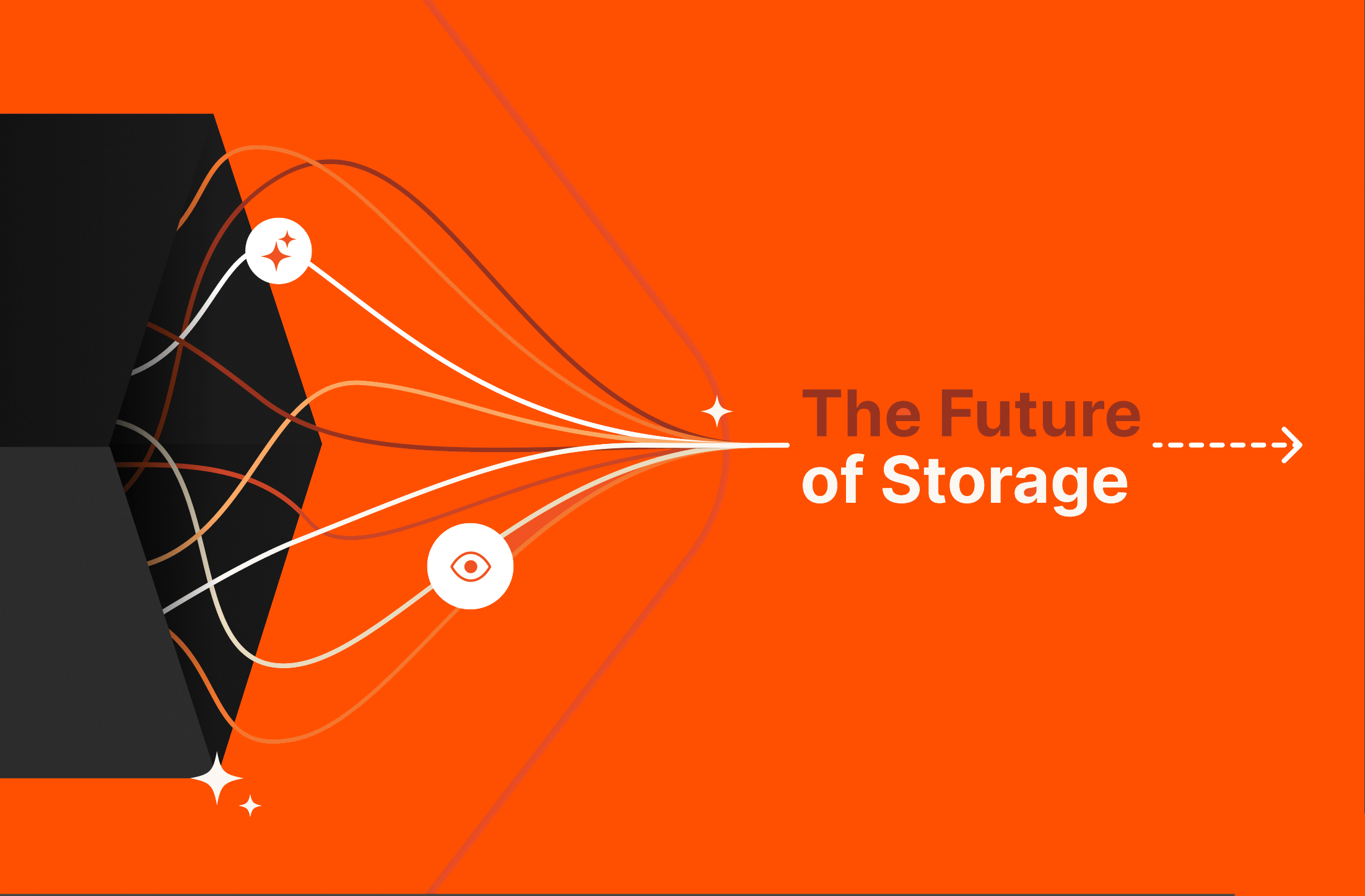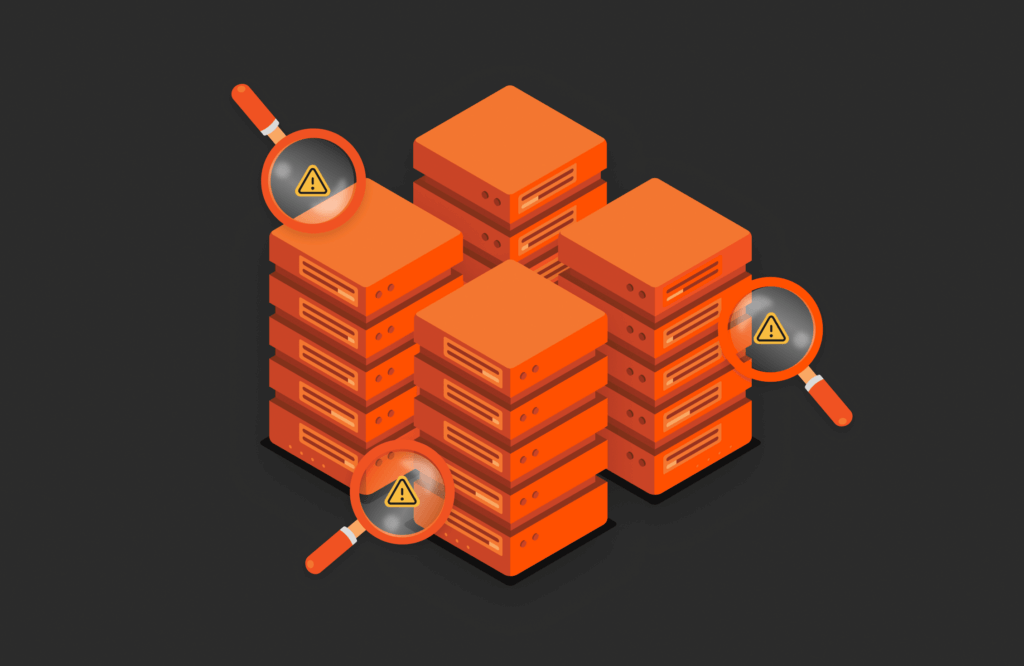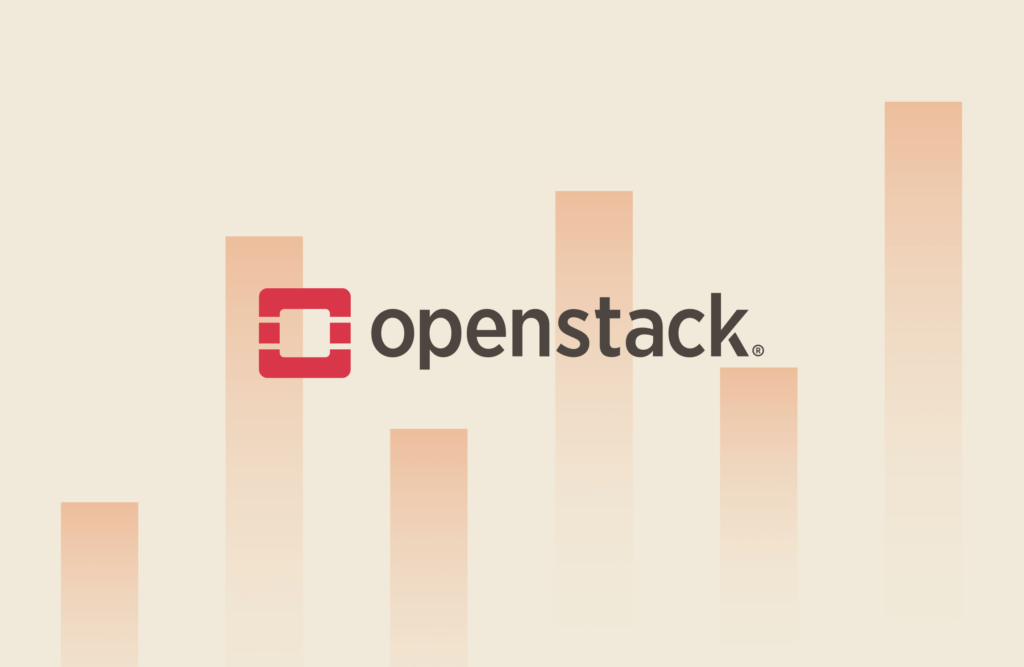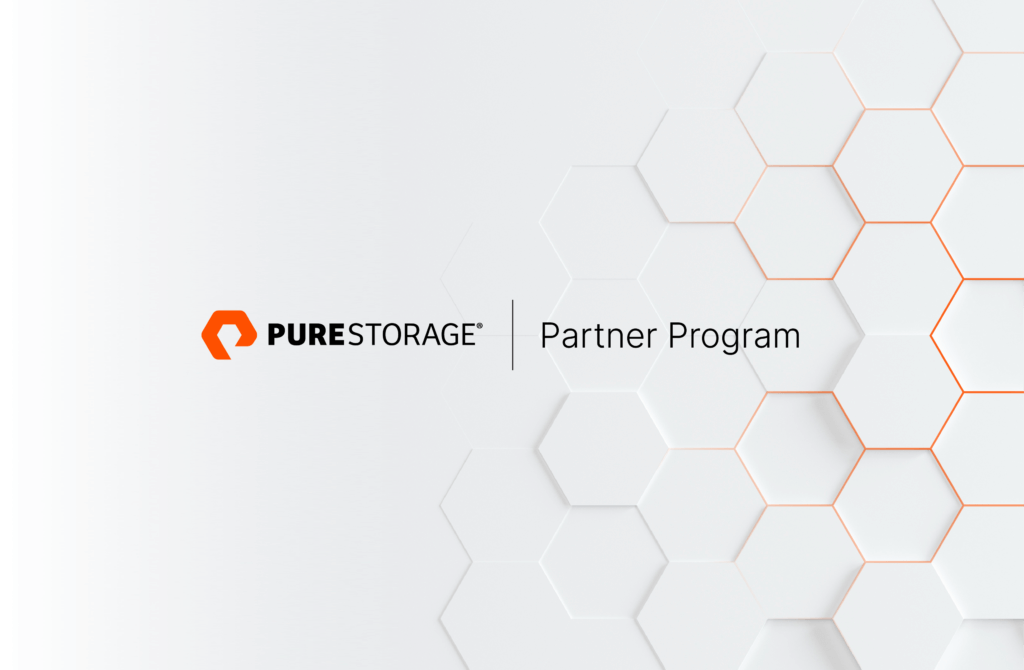Summary
We’re in an AI moment that requires new thinking for data infrastructure. Organizations need a unified data platform that delivers data where it’s needed and reduces data center footprint and costs.
Exactly how (and how much) the AI revolution will transform how organizations operate remains to be seen in terms of real results. What we do know for certain is that organizations expecting to master AI need to reassess how they manage data. Legacy data solutions may leave businesses unprepared—not just for AI transformation but also for protecting data against cyber threats and supporting microservice-based modern applications. The steadily growing data loads are also driving up costs for storing and managing AI data.
Data Storage, Redefined
This AI moment demands new thinking from IT about data infrastructure. Storage can no longer be a bolted-on mishmash of solutions in a data center, added over the years to serve many different use cases. Data storage is now a strategic enabler, delivered through a unified platform that spans from the edge to the cloud.
In our new guide, “The Future of Storage: New Principles for the AI Age,” we take a closer look at this AI and data storage inflection point and the must-haves for data storage that accelerates AI transformation. Here are the new rules governing storage for an AI-driven world:
Unified data storage. Data consolidation, enabled by a common, powerful, and highly efficient data platform accessible through flexible APIs, makes data readily available across multiple use cases organization-wide. This consolidation can also deliver space and energy efficiencies. When you choose the right data platform, AI projects, API-driven data services, and traditional data workloads can coexist on the same data infrastructure.
A consistent experience. Instead of the siloed and inconsistent experiences created with legacy storage, a consistent experience should be delivered across use cases and from cloud, hybrid, or on-premises data infrastructure. Combined with deeper access, a consistent experience increases IT efficiency as it removes barriers to greater data use and fosters a data-centric culture.
Easy, automated self-service. End users, especially developers, have to go through IT team bottlenecks to get access to data for their projects. The mechanics of access should happen automatically, in the background. Such automation is essential to support modern, container-based workflows and applications. When data maintenance is performed through the same self-service model, it can be handled by IT generalists rather than specialists, reducing an organization’s exposure to the IT talent gap.
100% uptime. Hyperscalers don’t take systems offline for upgrades, and neither should your organization. An AI-friendly data platform should scale itself automatically for both capacity and performance and upgrade itself continuously without disruption to your business.
Design for the Future from the Ground Up
A unified data platform that delivers data where it’s needed—with minimal redundancy and duplication—helps organizations reduce IT footprint, control costs, and meet sustainability goals. And data access that’s consistent, uniform, simplified, and user-friendly can increase productivity, and, more importantly, empower teams to use data in innovative ways. The Pure Storage platform was designed to address these challenges from the ground up, providing you with scale, agility, and efficiency—all with one simple and powerful platform.
Learn more about the must-haves for the future of storage in our new guide.

The Innovation Race
Reducing Risk and Navigating the AI Frontier for Future Success
Ready for the Future
Dive deeper into the must-haves for data storage that accelerates AI transformation.








